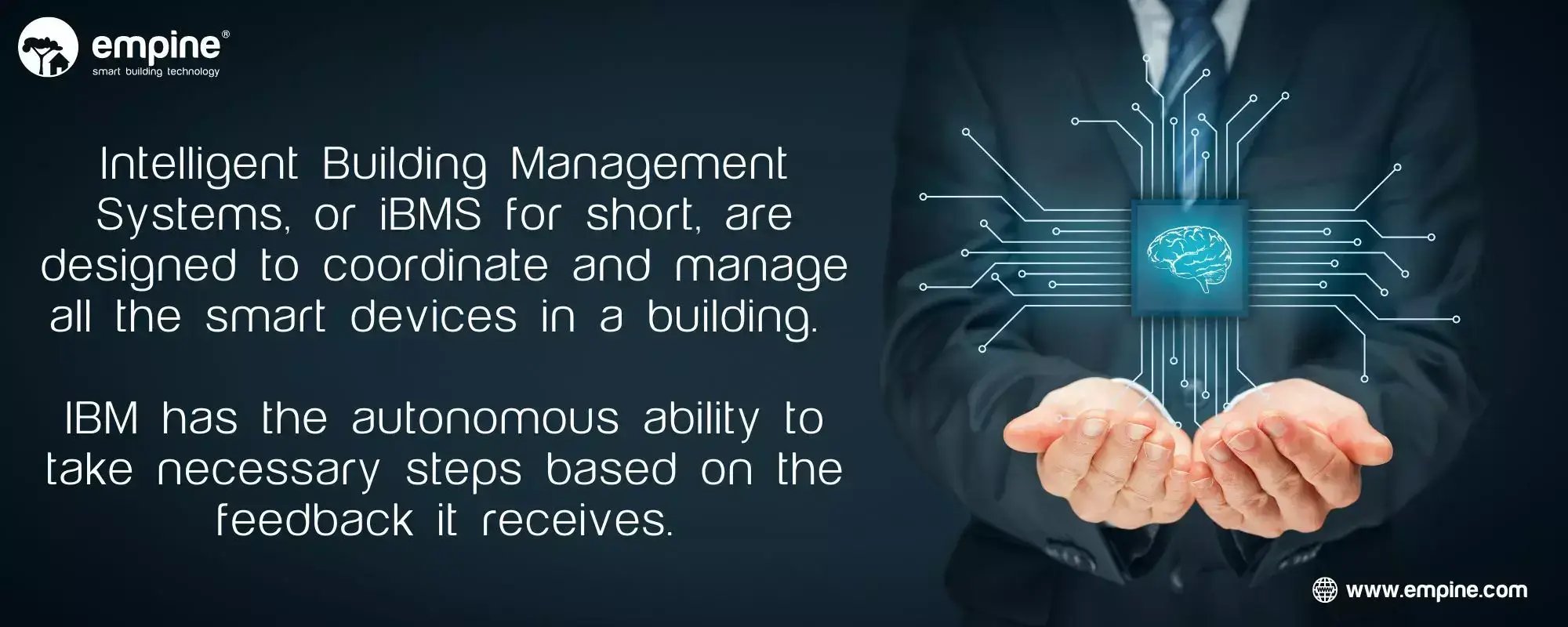Imagine a future where your office building automatically adjusts the air conditioning based on who is in the room and when they last left. Or where you can track how much energy your business uses in real-time and make changes to live more efficiently. This future is not far off - thanks to the rise of intelligent building automation systems.
Facility managers are already beginning to reap the benefits of this technology, which promises to change how we manage our buildings for the better.
So, what exactly is an intelligent building automation system, and what can it do for your business?
Keep reading to find out!
Intelligent Building & Automation
An intelligent building uses sensors and automation to control all facilities, ranging from lights to space occupancy and energy consumption. And it’s not the future, it’s the present: there are already automated electrical grids (“smart grids”) and intelligent HVAC systems, for example.
Although these are also known as “smart buildings”, it makes sense to differentiate “smart buildings” from “intelligent buildings”. While the former has interfaces to control and optimise Facility Management, intelligent buildings can manage many processes autonomously.
For example, a smart building allows the facility manager to schedule when the lights and air conditioning should turn on. Intelligent buildings automatically predict where the occupants will be to turn on the lights and air conditioning.
What are the features of intelligent buildings?
Intelligent buildings share several characteristics:
- A reliable internet connection with minimal latency powers real-time communication and interaction between systems. It’s also not enough to have Wi-Fi routers and signal repeaters; you must avoid materials blocking 5G.
- IoT-connected smart sensors are indispensable for collecting huge amounts of real-time data on energy consumption and space usage. This flow of information makes it possible to automate functions and optimize the building’s use, which is essential for our next point.
- Predictive maintenance based on collected data. A few years ago, reactive maintenance was the rule. Then we gradually moved to a more preventive approach, which tried to anticipate problems. And now, the time has come to use predictive analytics and algorithms to implement predictive maintenance.
- Energy efficiency (eco-friendly buildings) is another feature of intelligent buildings. One of the smartest buildings in the world, the Crystal Building in London, is heated entirely with natural resources and emits 70% less CO2 than similar buildings in the same city.
- The comfort of the facilities is another attribute of intelligent buildings, as parameters such as humidity, temperature, or air quality are always maintained at optimal levels. This translates into more productivity and helps attract and retain talent. Read more about the benefits of sustainable Facility Management.
- More security and cybersecurity, both in terms of access control (it’s easy to control access using ID cards and NFC tags) and cybersecurity. Since all systems are now connected to the Internet, protecting them from cyber-attacks is essential.

What is an intelligent building management system?
If connectivity is an undisputed feature of intelligent buildings, how do managers keep themselves organized? The best way to keep everything organized is to have a single management point, which brings together all the building’s systems and connects them to the devices. In this case, there are two solutions:
A Building Management System (BMS) is a platform that centralizes control of all the building’s systems. Unlike other software, managers have all the information in a single dashboard for smart buildings.
Then there are intelligent Building Management Systems (iBMS), which integrate with all smart devices. Intelligent systems have the autonomy to transform information into specific actions, thus enabling a transition to intelligent buildings.
But how will these technologies change the daily life of facility managers? Will facility management really switch on “autopilot”? What will tomorrow’s Facility Management look like?
How will building automation systems change FM?
Traditionally, facility management worked by action-reaction. Although we have evolved from reactive to more predictive maintenance, that mechanics is still valid. When a trend or deviation from the standard is detected, an automatic process is triggered (such as optimizing a schedule or generating a work order, respectively).
Building management automation will eliminate routine processes. It thus frees up both managers and technicians for more specialized work. But that is not the only advantage of automated Facility Management:
- Simplifies Facility Management processes;
- Decreases human intervention and, therefore, human error;
- Allows better evaluation of any situation in real-time;
- Provides more comfort and well-being to occupants;
- Reduces FM costs, both at the administrative and operational level;
- Provides more convenience to users, managers, and employees.

Examples of Facility Management Automation
Automatic fault reporting: someone reports a fault, which generates a work order. The work order can be assigned automatically by the platform and the technician goes to the site, fixes the fault, and closes the work order without any intervention from the manager.
Space management and booking: instead of submitting a request, anyone can book a room or an auditorium online. As the information is synchronized online, it is automatically marked as occupied, other people cannot book, and there is no overbooking.
Automatic reporting: preparing reports is another routine task that can be automated. Smart maintenance platforms can generate reports with the information collected by sensors on space usage, maintenance cost, and other indicators.
Resource management: about 30% of the energy used in buildings is wasted. The most serious aspect? Half of that energy is wasted because building management is inadequate. With the help of sensors and automation, energy consumption is regulated automatically.
Advanced projections: Maintenance managers can run simulations through a digital twin. On a day-to-day basis, it helps operation and maintenance teams to move around the building without assistance from in-house staff or supervision.
Remote control: as all building components are connected to the Internet of Things. It is possible for managers to monitor everything remotely. This is especially interesting for companies that manage multiple locations, such as universities, supermarket chains, and hotels.
Conclusion
Still, automation will not eliminate the figure of the building manager. Understanding the users’ needs, making decisions, and evaluating the results according to the objectives will always be necessary. Automation and intelligent building management systems should be seen as a step forward in the interaction between us and technology.